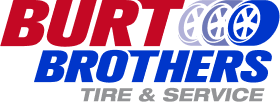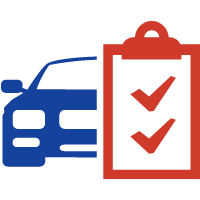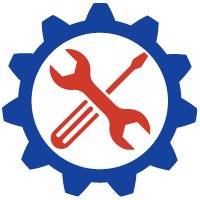Belts and hoses are crucial for the proper functioning of your vehicle. They ensure the transfer of power and the flow of fluids, which keep various systems running efficiently.
Understanding Different Types of Belts
Serpentine Belt: This belt powers major components like the air conditioning compressor, power steering pump, cooling fan, and more. If it breaks, the vehicle may continue running but risks overheating due to loss of power to the water pump. Additional signs of failure include difficulty steering, higher temperatures on the gauge, and ineffective air conditioning. It is recommended to replace your serpentine belt every 50,000 miles.
Timing Belt: Located outside the engine, it connects the crankshaft to the camshaft, allowing the camshaft to open and close valves in sync with the engine’s pistons. If the timing belt fails, the engine will stop immediately and could suffer significant damage. Note that not all vehicles have a timing belt. It is recommended to replace your timing belt every 100,000 miles.
V-Belt: A V-belt, named for its V-shaped cross-section, drives essential components like the alternator, air conditioning compressor, power steering pump, and water pump. Over time, V-belts wear out and need replacement. If you observe cracks or frayed, peeling rubber, replace the belt immediately to prevent serious engine damage. It is recommended to replace your v-belt every 30,000 miles.
The Role of Hoses
Hoses connect various systems including the radiator, heater, fuel lines, vacuum lines, air conditioning, and power steering. They typically wear out from the inside, so external signs may not always indicate a problem. It is recommended to replace your hoses every 4 years.
Signs Your Belts and Hoses May Need Attention
- Air conditioner not working
- Coolant leaks
- Engine overheating
- Squeaking noises from under the hood
- Warning lights on the dashboard
Inspect Your Belts and Hoses
To maintain vehicle reliability, have a professional technician inspect your belts and hoses at least once a year. However, there are ways you can perform a basic inspection yourself.
Look for:
- Cracks or fraying on the belts
- Exposed threads
- Glazing on the belts
Regular inspections and timely replacements of belts and hoses are crucial steps in maintaining vehicle performance and preventing costly repairs. Schedule your appointment with Burt Brothers today and get your belts and hoses inspected by our ASE-certified technicians.





